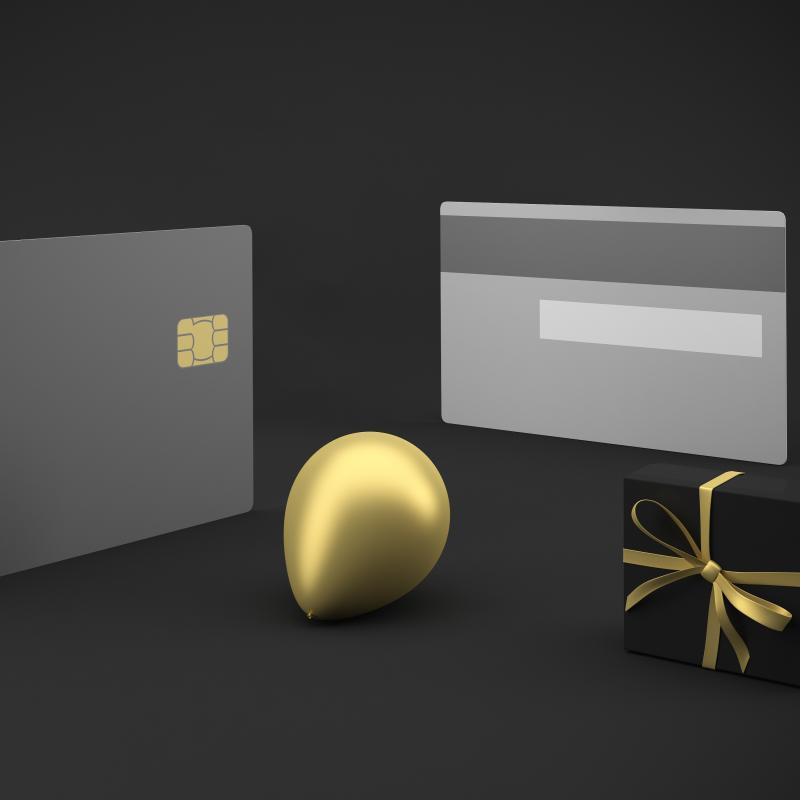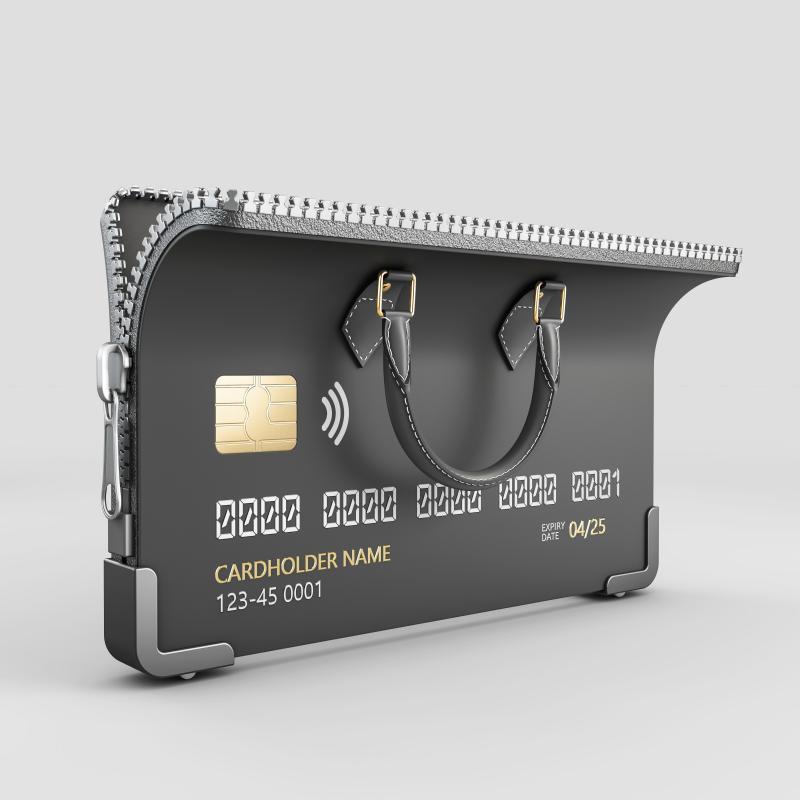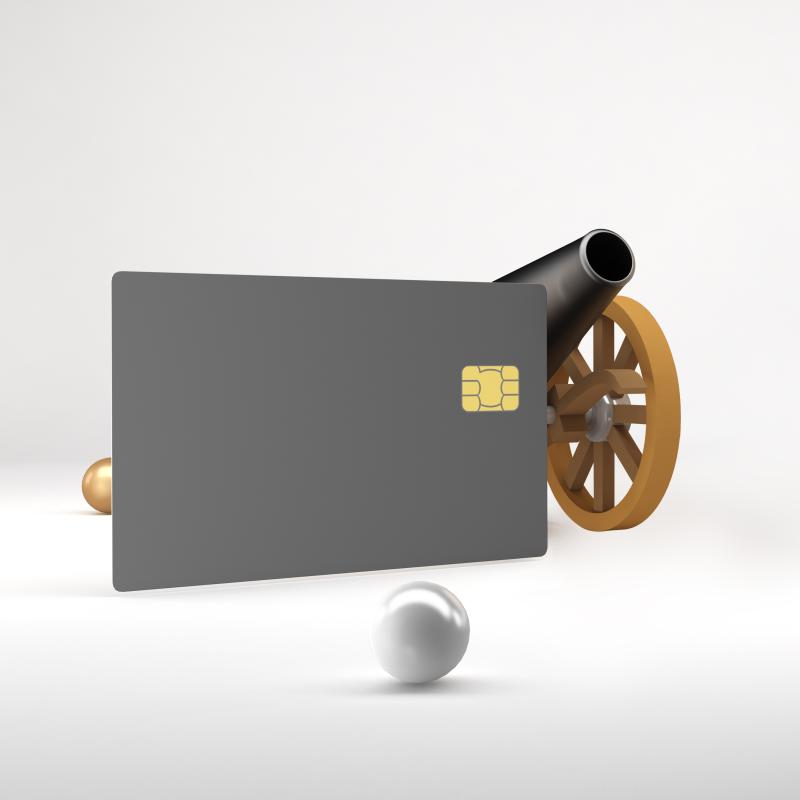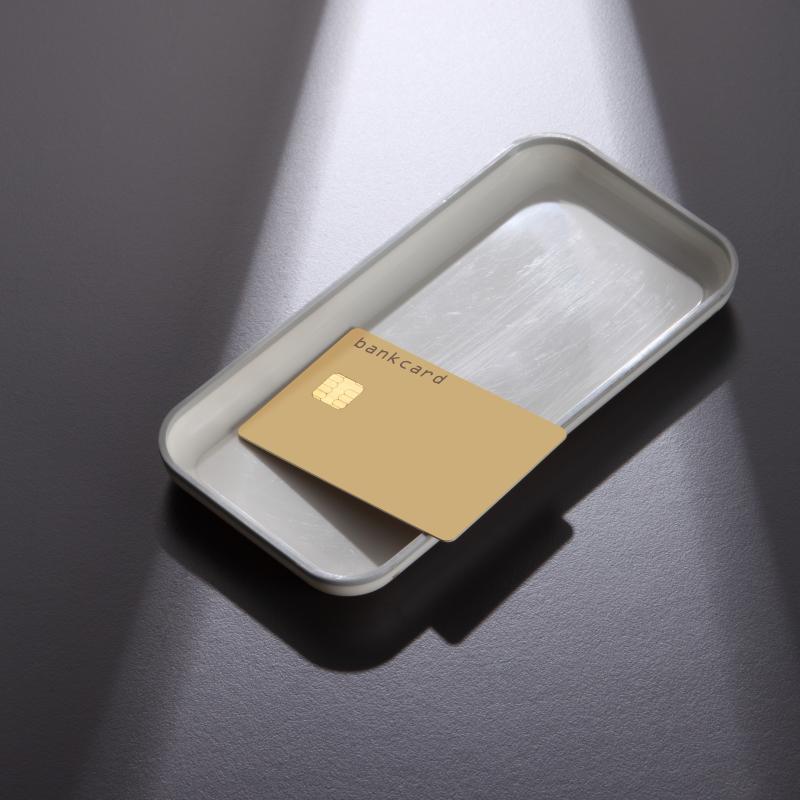
✅ What Are Graded Cards?
Graded cards are professionally evaluated and sealed by third-party companies to certify their condition. A higher grade usually means a higher value — and more trust in the resale market.
🏅 Top Grading Companies
These are the industry leaders that collectors and investors rely on:
- PSA (Professional Sports Authenticator):
- The gold standard — known for consistent grading and strong resale value
- BGS (Beckett Grading Services):
- Popular among sports collectors; subgrades (corners, surface, edges, centering)
- CGC (Certified Guaranty Company):
- Known in the comic and TCG space (especially Pokémon and Magic)
- SGC:
- Rising in popularity for vintage cards and fast turnaround times
Tip: A PSA 10 or BGS 9.5+ is generally considered "gem mint" — the highest standard.
📊 Why Graded Cards Are Valuable
- Authentication: Confirms the card is real and unaltered
- Condition Guarantee: Buyers can trust the quality without inspecting in person
- Market Premium: Graded cards, especially in high grades, often sell for 2x–10x more than raw (ungraded) versions
- Preservation: Sealed in tamper-proof cases to protect for years
🔍 What Graders Look At
Each grader scores based on key factors like:
- Corners: Sharp and clean, no dings
- Edges: No fraying, chipping, or wear
- Centering: Artwork must be aligned — especially important in sports & TCG
- Surface: No scratches, creases, or print defects
💡 When Should You Grade a Card?
Ask yourself:
- Is it rare or highly sought after?
- Is it in near-perfect or mint condition?
- Do similar graded versions sell for much more?
- Do you plan to hold long-term or eventually sell/trade?
Bonus: Grading can also unlock higher value on pop culture cards (anime, K-pop, movie icons) if demand and scarcity align.
📈 Collecting Tip:
Graded cards are easier to track on platforms like eBay, Card Ladder, and Goldin. Use past sales data to compare prices and watch trends.

 English
English


